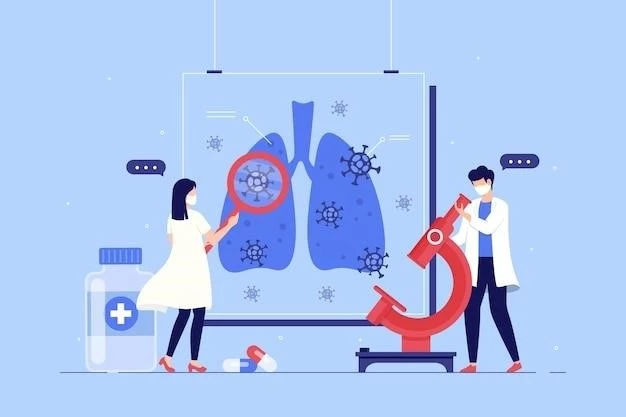Symptoms of Chlamydia pneumoniae Infection
Identifying the Common Symptoms
Identifying the Common Symptoms
Common symptoms of Chlamydia pneumoniae infection include cough, fever, sore throat, and chest discomfort. Other symptoms may include fatigue, muscle aches, and shortness of breath; If you experience these symptoms, it is crucial to consult a healthcare provider for proper evaluation and treatment.

Treatment Options for Chlamydia pneumoniae
Antibiotics as the Primary Treatment
Antibiotics as the Primary Treatment
Antibiotics, such as azithromycin or doxycycline, are commonly prescribed to treat Chlamydia pneumoniae infections. It is essential to complete the full course of antibiotics as prescribed by your healthcare provider to effectively eliminate the bacteria and prevent complications. Remember to follow your healthcare provider’s instructions and inform them of any side effects experienced during the treatment.
Prevention Measures for Chlamydia pneumoniae
Preventative Strategies
Preventative Strategies
To prevent Chlamydia pneumoniae infection, practice good hygiene, such as washing hands frequently and avoiding close contact with individuals who are infected. Ensure a healthy lifestyle with regular exercise, balanced diet, and adequate rest to boost your immune system. Additionally, avoid smoking and exposure to secondhand smoke, as these can weaken your respiratory health and increase susceptibility to infections.
Complications of Chlamydia pneumoniae
Potential Complications to be Aware of
Potential Complications to be Aware of
Complications of Chlamydia pneumoniae infection may include pneumonia, bronchitis, sinusitis, and exacerbation of underlying respiratory conditions. In severe cases, it can lead to respiratory failure or spread to other organs. It is essential to seek prompt medical attention if you experience worsening symptoms or difficulty breathing to prevent potential complications.
Chlamydia pneumoniae in Children
Symptoms and Treatment in Pediatric Cases
Symptoms and Treatment in Pediatric Cases
Children with Chlamydia pneumoniae infection may experience symptoms like cough, fever, and wheezing. Treatment typically involves antibiotics prescribed by a pediatrician. It’s crucial for parents to ensure their children complete the full course of antibiotics and follow up with the healthcare provider for monitoring and further guidance.
Risk Factors for Chlamydia pneumoniae Infection
Identifying Individuals at Higher Risk
Identifying Individuals at Higher Risk
Individuals at higher risk for Chlamydia pneumoniae infection include those with weakened immune systems, older adults, and individuals with chronic respiratory conditions. Close contact with infected individuals or crowded living conditions can also increase the risk. If you fall into any of these categories, it is important to take extra precautions to prevent infection and seek medical advice promptly if you develop symptoms.
Diagnosis Methods for Chlamydia pneumoniae
Common Diagnostic Procedures
Common Diagnostic Procedures
Diagnosis of Chlamydia pneumoniae often involves a combination of physical examination, medical history review, and laboratory tests. Tests may include blood tests, throat swabs, or respiratory samples to detect the presence of the bacteria. It is crucial to follow your healthcare provider’s recommendations for accurate diagnosis and appropriate treatment.
Relationship between Chlamydia pneumoniae and Respiratory Health
Understanding the Impact on Respiratory System
Understanding the Impact on Respiratory System
Chlamydia pneumoniae can affect the respiratory system leading to conditions like pneumonia and bronchitis. It is important to seek early diagnosis and treatment to prevent complications and ensure respiratory health. Maintain good respiratory hygiene and follow healthcare guidelines to protect your lungs and overall well-being.
